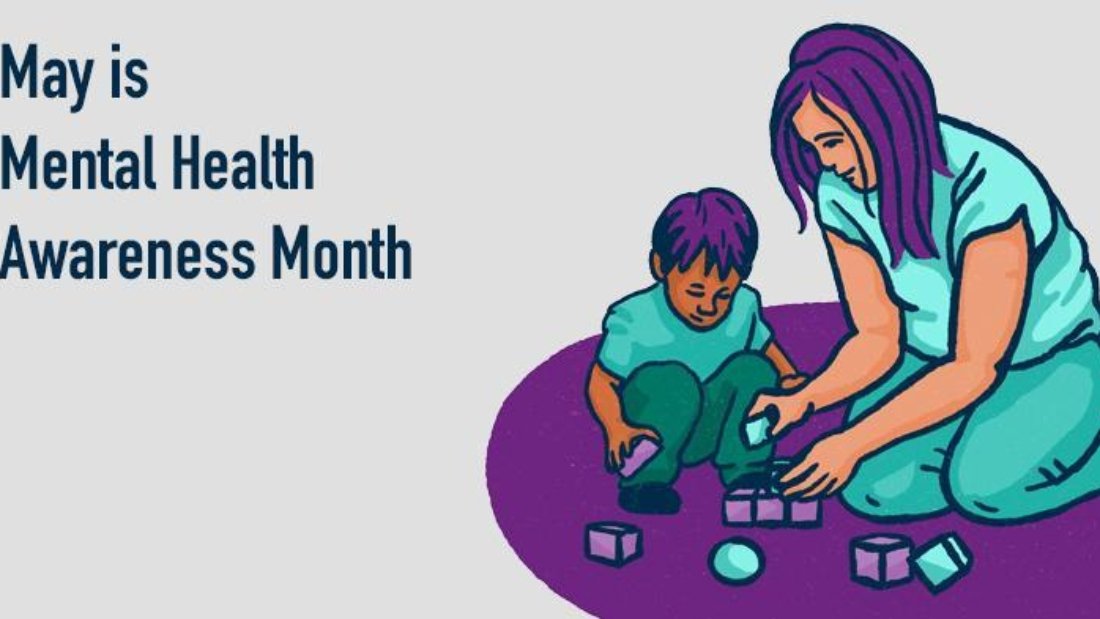In today’s fast-paced world, it’s easy to become overwhelmed and forget about the importance of self-care and mindfulness. Many people find themselves feeling stressed and out of alignment, craving a sense of calm and clarity in their lives. If you’re someone who can relate to this, it’s time to prioritize self-care without adding more stress to your life.
It’s important to remember that self-care doesn’t have to be complicated or time-consuming. In fact, by incorporating small, simple self-care rituals into your daily routine, you can make a big difference in your overall well-being. Whether it’s taking a few moments to enjoy a cup of tea in the morning, going for a walk in nature, or practicing deep breathing exercises, these little acts of self-care can have a profound impact on your mental and emotional state.
Mindfulness is also a key component of self-care, as it allows you to stay present and focused on the here and now. By practicing mindfulness, you can cultivate a sense of inner peace and awareness that can help you navigate through life’s challenges with grace and resilience. It’s easy to incorporate mindfulness into your daily life by taking a few minutes each day to meditate, practice gratitude, or simply take a few deep breaths to center yourself.
The key to successful self-care and mindfulness is to be consistent and gentle with yourself. It’s okay if you don’t have a strict self-care routine or if you struggle to stay present in every moment. The important thing is to be kind to yourself and make a conscious effort to prioritize your well-being.
Remember, self-care and mindfulness are not selfish acts—they are necessary for maintaining a healthy and balanced life. When you take the time to care for yourself and cultivate a mindful awareness, you will find that you have more to give to others and to the world around you. So, let go of the pressure to have the perfect self-care routine and instead focus on incorporating simple acts of self-care and mindfulness into your everyday life. Your mind, body, and spirit will thank you for it.










